Other Editors
The Intonation Table Editor
17-1
Chapter 17
Other Editors
In addition to the editors accessible from their respective modes, there are three editors that
enable you to modify other performance parameters of the K2500. They are the Intonation
Table Editor, the Velocity Map Editor, and the Pressure Map Editor.
The Intonation Table Editor
Intonation tables define the interval between the notes in each octave. The default intonation
table is “1 Equal,” which sets precisely equal intervals between notes—the standard for modern
western music. If you’re interested in playing other styles of music, you can use any of the
K2500’s other factory intonation tables, or create you own with the Intonation Table Editor.
The intonation table is selected in Master mode with the Intonation parameter. Here’s the list of
available factory intonation tables (check the
Reference Guide
for brief descriptions):
1 Equal
2 Classic Just
3 Just b/7th
4 Harmonic
5 Just Harmonic
6 Werkmeister
7 1/5th Comma
8 1/4th Comma
9 Indian Raga
10 Arabic
11 1Bali/Java
12 2Bali/Java
13 3Bali/Java
14 Tibetan
15 CarlosAlpha
16 Pyth/aug4
17 Pyth/dim5
As you scroll through the options for the Intonation parameter, you’ll notice an eighteenth
entry with a name like "Obj v
n.n
". This isn’t really an intonation table; it’s simply a convenient
place for the K2500 to keep a record of the current version of ROM objects. If you ever need to
find out the version of ROM objects loaded into your unit, this is the place to check. Just
remember, if you’re using a non-standard intonation table, that you’ll need to reset the
Intonation parameter after you check the ROM object version list at "table" 18.
It’s important to emphasize that the detuning values for each parameter affect the intervals in
each octave independently. That is, notes that are an octave apart will remain perfectly tuned
regardless of the detuning between notes within the octave. Consequently, editing intonation
tables will not enable you to create tunings with more (or fewer) than 12 notes per octave. If
you want to do this, use the Keymap Editor, assign each key to its own key range, then tune the
samples in each key range.
When you’re ready to edit an intonation table, select Master mode, then select the Intonation
parameter. Use any data entry method to select the intonation table you want to edit. Check the
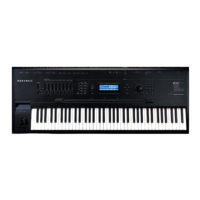
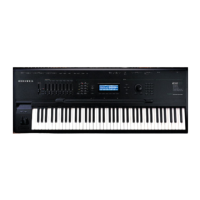
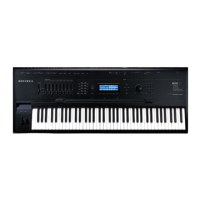
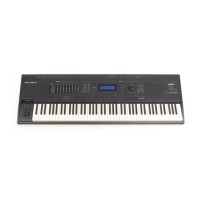
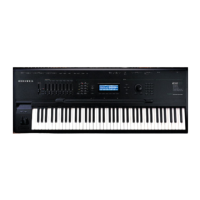
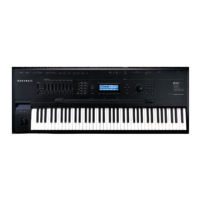

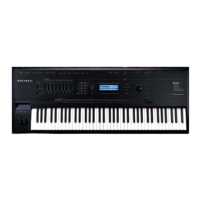
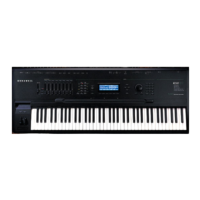
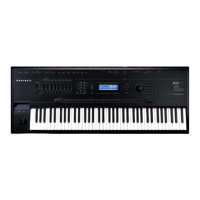
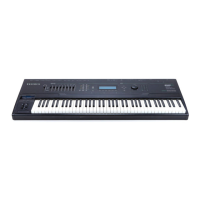
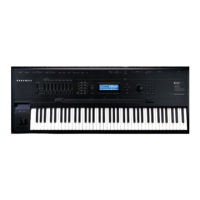
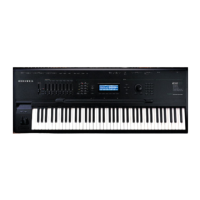
